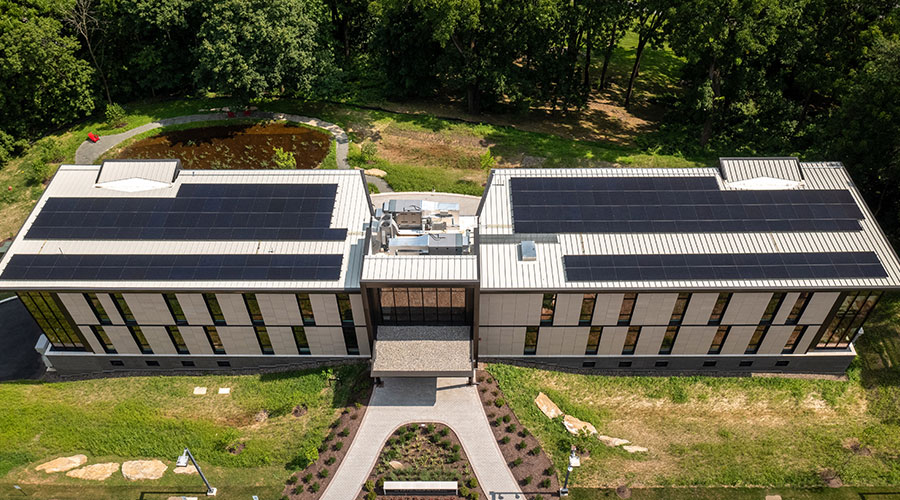Maintenance Matters and Roof Coatings
Many manufacturers suggest managers schedule roof inspections at least twice a year to ensure the roof coating is meeting expectations, and they encourage technicians to stick to an established maintenance plan. Too often, roofs are forgotten unless a catastrophe occurs.
"Many (managers) plan and do not implement the plan," Ripps says. "It needs to be put into practice and continued. Part of the plan should be to follow any manufacturer's guidance or requirements for maintenance after the coating is installed. When performing routine maintenance, make an effort to review the entire roof or areas where a coating was not required."
Tracking the roof's maintenance history also is essential.
"Look at the roof each time another trades person is on the roof to determine if that trade caused a problem by cutting into the roof to install anything, from HVAC equipment or maintenance that adds any protrusions on the roof," Ripps says. "And keep a log of the roof inspections to determine recurring problems, as well as potential future entry points of moisture."
The typical lifespan of a roof coating is at least 10 years. Maintenance plans that include yearly cleanings and inspections can double that lifespan depending on the roof system and weather conditions. Coatings also can lose solar reflectivity over time as they collect dirt. Keeping coatings as clean as possible helps them maintain their high reflectivity and keeps energy costs down.
"Pay particular attention to your penetrations and edges," Martucci says. "You want to be cleaning your drains because ponding water isn't good for any roof."
Related Topics:














